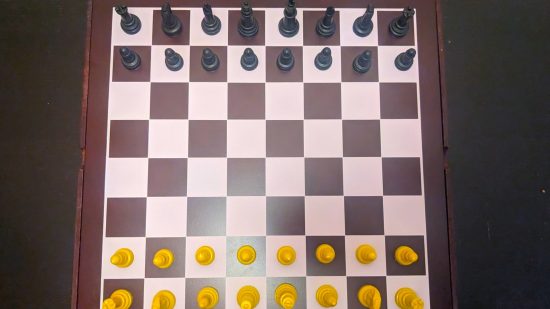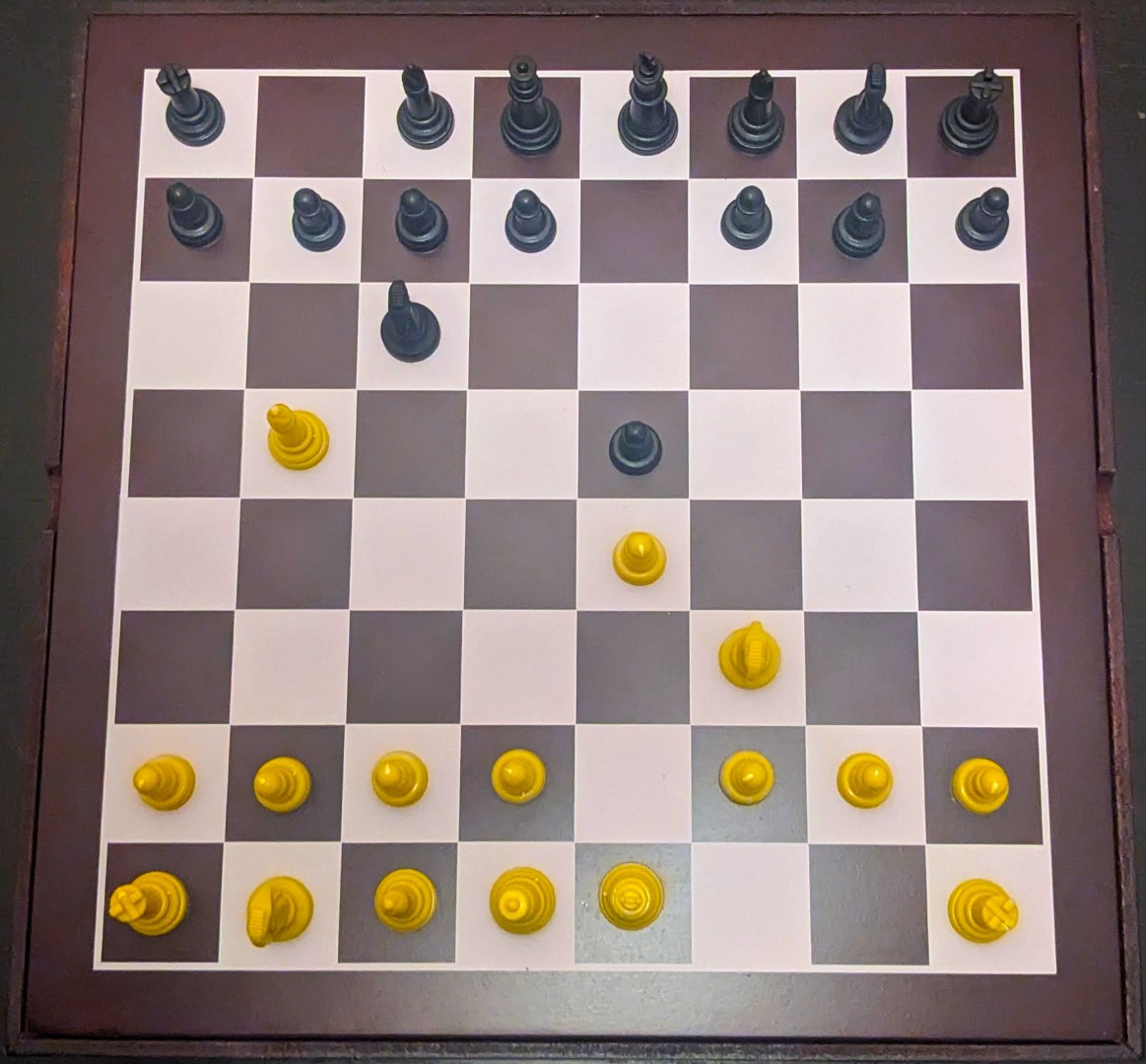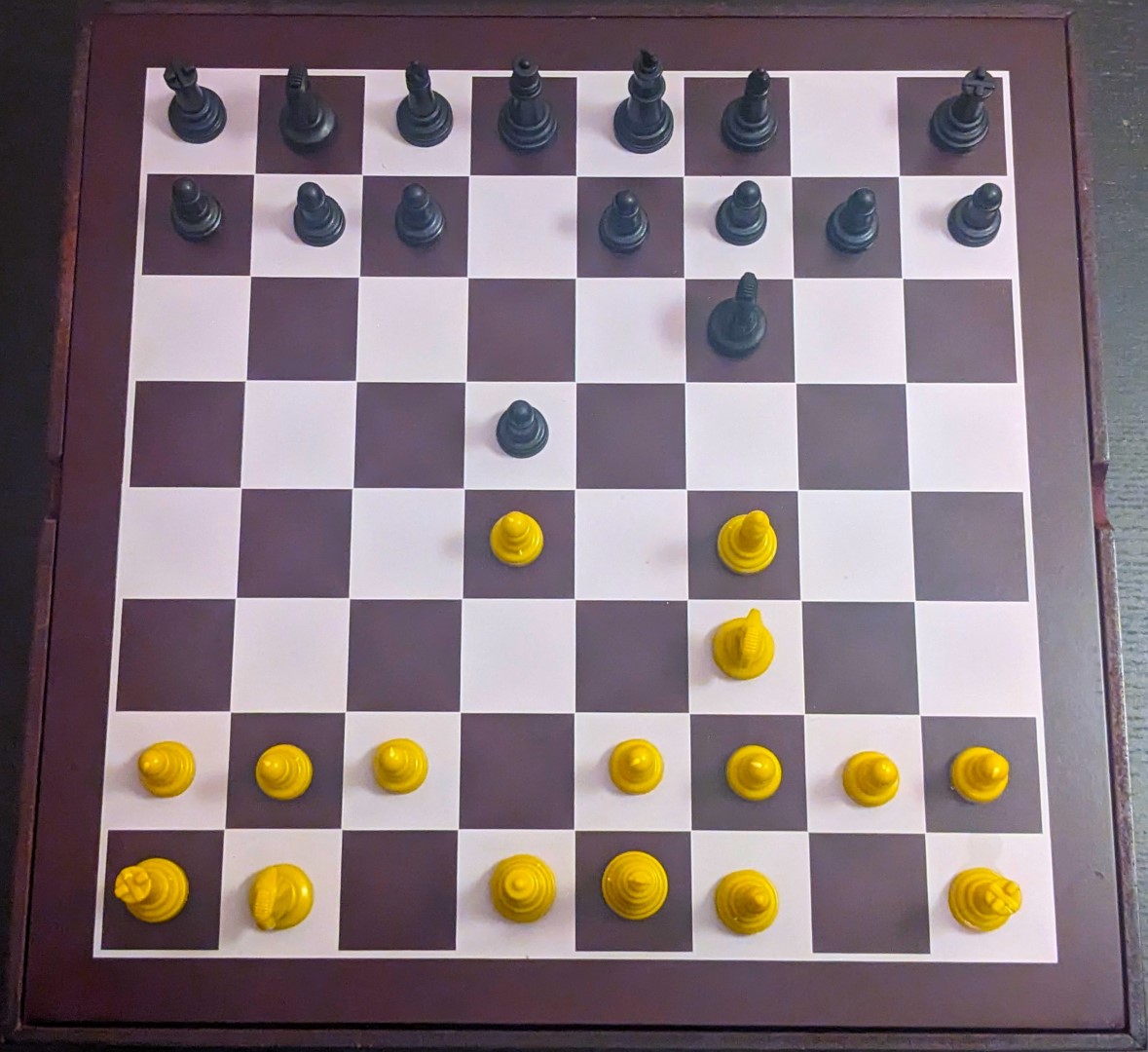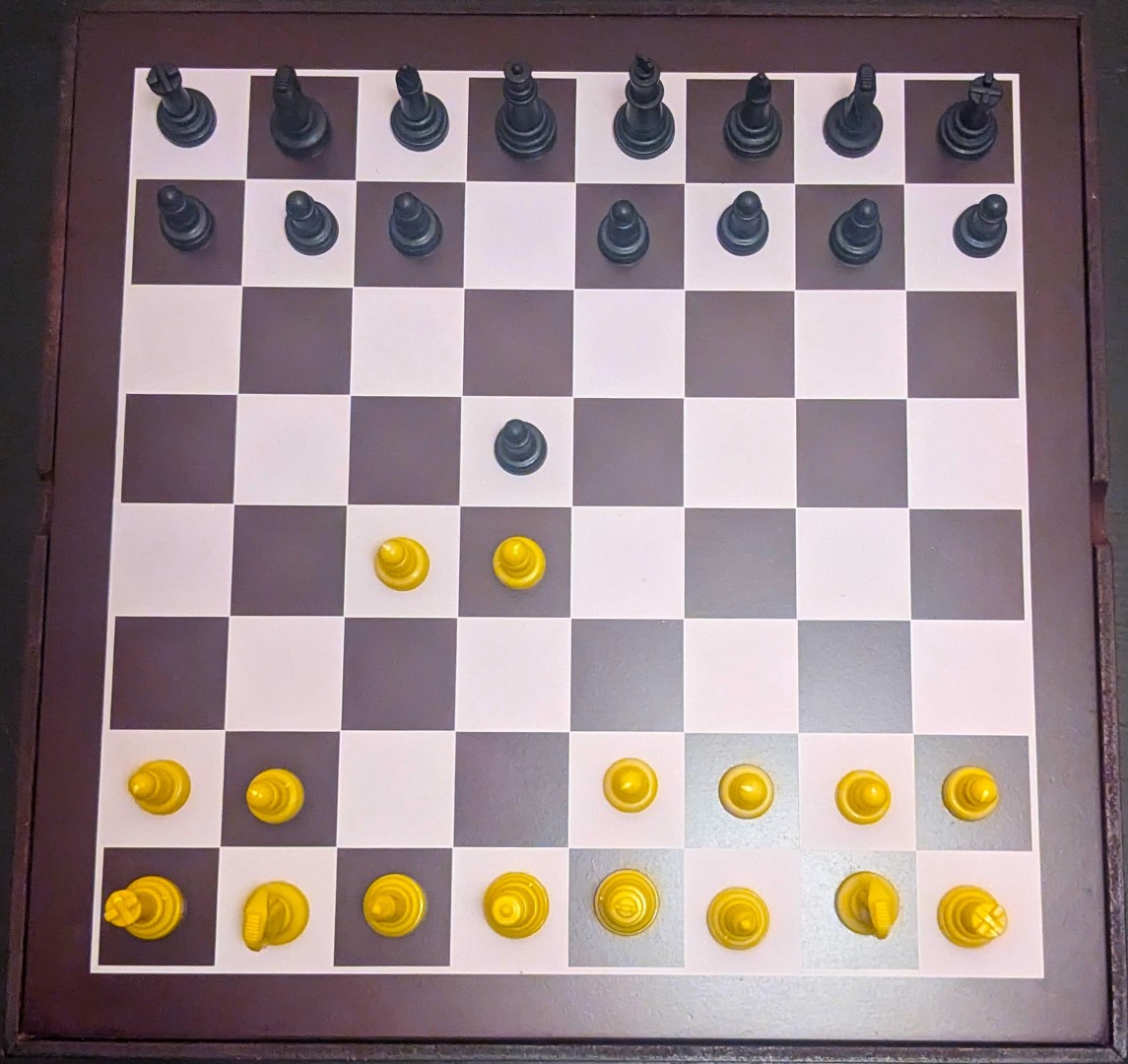You don’t need to be a grandmaster to use chess openings to your advantage. They condense hundreds of years of study into a few crucial opening moves – take the time to learn a few, and you’re setting yourself up for success. If you need help figuring out the best chess openings for beginners, we’ve got the perfect introduction.
Before we go over the best chess openings for white (and chess openings for black), let’s make sure we’ve got the basics down. Our other chess guides can remind you how to play chess, as well as the core chess strategies which underpin these openings. Heck, we can even help you find chess sets and chess tables to practice on.
What are chess openings?
A ‘chess opening’ refers to the first few moves played in the opening of a chess game. The opening of a chess game starts from the first move and lasts until both players have finished ‘developing’ their pieces. Documented chess openings reflect this and typically cover the game’s first eight to 12 moves.
Do I need to memorize chess openings?
It’s definitely helpful to understand common chess openings (especially if you’re looking to win tournaments). However, a beginner chess player should make sure they understand the core chess strategies before memorizing specific openings.
How many chess openings are there?
According to the Oxford Companion to Chess, there are 1,327 named chess openings and variants.
Best first moves in chess
The most common first moves in chess are 1.e4 and 1.d4. These set up your core chess strategies from the very first turn:
- You’ve made a bid to control the center of the board.
- You’ve created space to develop more valuable chess pieces, such as your bishop.
- You’ve begun clearing space to castle your king, which should be done as early as possible.
When playing with white, you could choose an alternative approach. The next most common opening moves for white are 1. c4 and 1. Nf3. The first still grabs some central space on the board, and the latter prioritizes developing a knight over dominating the center.
As black always goes second in chess, its player has to account for the white piece already played when choosing their first move. One of the most common responses is 1. c5, which sets up a chess opening known as The Sicilian Defense (more on this later).
Best chess openings
Here are some of the best (and most frequently used) chess openings:
The Ruy López
1.e4 e5 2. Nf3 Nc6 3. Bb5
The Ruy López is one of the oldest and most famous chess openings in history. These three moves cover all the key principles of a good chess strategy. You’ve covered the center of the board, developed some key pieces, and set up one of the fastest ways to castle your king in the entire game.
The major downsides of this chess strategy are its complexity and its age. With hundreds of years to study it, chess players have found plenty of ways for black to defend against The Ruy López. That also means there has been centuries of study around strengthening the opening – which means lots of variations and further theory to memorize for a beginner player.
The Italian Game
1. e4 e5 2. Nf3 Nc6 3. Bc4
The Italian Game is another ancient chess opening, but it’s still worthy of study today. Like in The Ruy López, you’re still looking to control the center of the board and setting up early castling.
You’ve also used your bishop to put pressure on black’s vulnerable f7 square. Hitting your opponent’s weak spots early may be a strong play, but The Italian Game doesn’t put a lot of pressure on black at the center of the board.
The London System
1. d4 d5 2. Nf3 Nf6 3. Bf4
The London System is one of the most consistent chess openings. This is known as a ‘system’ opening as it largely plays the same every time – whatever pieces your opponent moves. Because this opening doesn’t react much to your opponent’s, it leaves them free to develop their own side of the board in a variety of ways.
The London System is not particularly aggressive or impressive. However, it’s still incredibly popular – and worth learning as a beginner, whether you’re playing it or defending against it.
The Queen’s Gambit
1.d4 d5 2. c4
Not just the name of a popular Netflix series – The Queen’s Gambit is an ancient (yet still popular) chess opening for players of all skill levels. It brings two pawns to the center of the board (d4 and c4), leaving one vulnerable to be taken by your opponent’s opening pawn.
If your opponent takes the pawn, you’ve lost an attacker to threaten the opposing king with later. However, you’re severely weakened black’s control of the center. Even if your opponent declines the gambit (The Queen’s Gambit Declined being another popular chess opening, adding e6 as the next turn two move), you still have strong early control of the center of the board.
The Sicilian Defense
1. e4 c5
The Sicilian Defense is the most popular counter-move for black when white begins with e4. It’s an aggressive opening that immediately puts pressure on the most valuable spaces at the center of the board. It puts black on the back foot for developing its pieces, but it’s an excellent setup for establishing an imbalance and driving decisive moves.
The Sicilian Defense has an immense success rate as far as chess openings go. However, there’s a lot of theory to read if you want to understand – and use – it properly.
The French Defense
1. e4 e6
Another popular chess opening for black players is The French Defense. This is a particularly robust chess opening, known for setting up slower-paced chess games. The theory also isn’t too complex to learn if you’re new to memorizing chess openings.
The major downside of this opening for black is that it’s usually at a disadvantage when it comes to space. Black will also struggle to use its light-squared bishop when opting for this opening.
If you need advice on other classic board games, here are our top Scrabble strategy tips – as well as how to win Monopoly every time.








